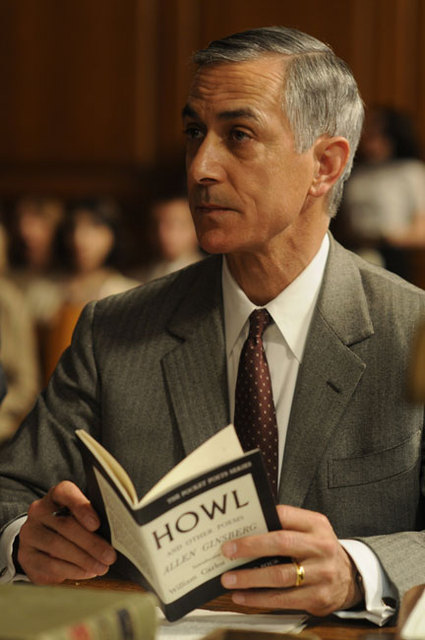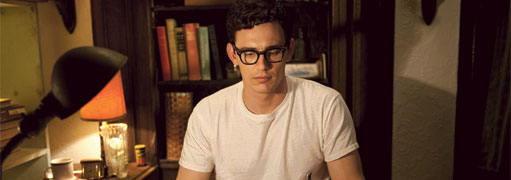Film Review: James Franco Sees The Greatest Minds Of His Generation Destroyed By Madness In Howl
When Is A Biopic Not A Biopic?



Latest Article|September 3, 2020|Free
::Making Grown Men Cry Since 1992


